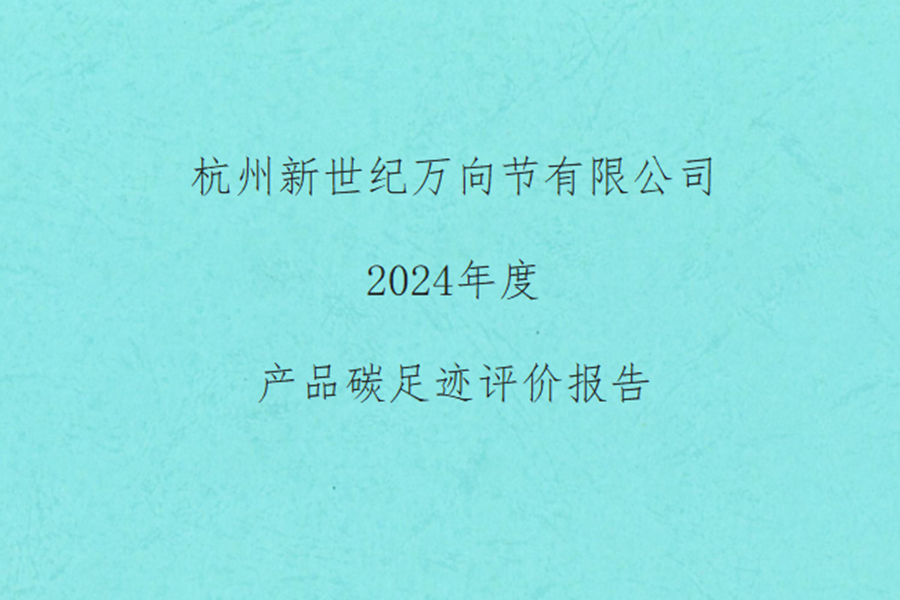Constant velocity custom universal joints are widely used in the automobile industry. As modern cars pursue the durability and comfort of vehicles, constant velocity joints are required to have long life, low vibration, and low noise performance, and can transmit power smoothly. For this reason, in addition to improving the structure of products, it is also necessary to study their friction and lubrication, because friction and lubrication directly determine the service life and performance of the product.
There are four types of constant velocity universal joints used in the market today: a central fixed constant velocity universal joint with only angular movement between shafts but no axial movement; a ball cage with both angular movement between shafts and axial movement, etc. Speed universal joints; cross raceway type center fixed constant velocity universal joints; three ball pin type constant velocity universal joints. Divided by contact stress, the first three types of universal joints are point contact universal joints, and the latter are line contact universal joints.
The surface of the center fixed constant velocity universal joint is composed of alternating wave crests and troughs, and the crest spacing and size of the inner and outer channel surfaces are different. At the same time, different contact states will be caused due to different grinding methods.
For example, a finger-shaped grinding wheel is used for the surface grinding of the outer channel. Due to the rotation of the grinding wheel, longitudinal grinding is adopted. The resulting grinding pattern is perpendicular to the direction of movement of the steel ball and parallel to the major semi-axis of the contact surface; Because the grinding wheel grinds along the axial direction, the surface layer corrugation is parallel to the short semi-axis direction of the steel ball movement and contact surface.
The steel ball of the universal joint slides on the surface of the higher wave crest and is completely in the stage of wear or plastic deformation. Therefore, it is considered that the initial operating state is in an unstable sliding state, and at the same time, there is a lot of noise due to sliding. Grease is also in a non-lubricated state. The friction at this time is considered to be composed of two states of sliding and sticking.
The cross shaft universal joint bears a large torque and alternating load during work. The main forms of damage are the wear of the cross shaft journal and needle bearing, the indentation of the working surface of the cross shaft journal and the needle bearing bowl. Flaking.
In the vehicle maintenance specification, it is stipulated that the sliding fork teeth and intermediate bearings use calcium-based grease, and the needle roller bearings of the cross shaft and the intermediate bearings of three-axle drive vehicles use gear oil. However, in actual work, because the grease nipple of the cross shaft is the same as the grease nipple, sometimes it is for easy operation and sometimes there is no filling equipment. Many drivers and maintenance personnel mistakenly dare to use grease lubrication on the needle roller of the cross shaft. Cause early damage to the universal joint cross.
 Jiefang village,GuaLi town,Xiaoshan District, Hangzhou City, Zhejiang, China
Jiefang village,GuaLi town,Xiaoshan District, Hangzhou City, Zhejiang, China
 0086-571-82539827
0086-571-82539827 





